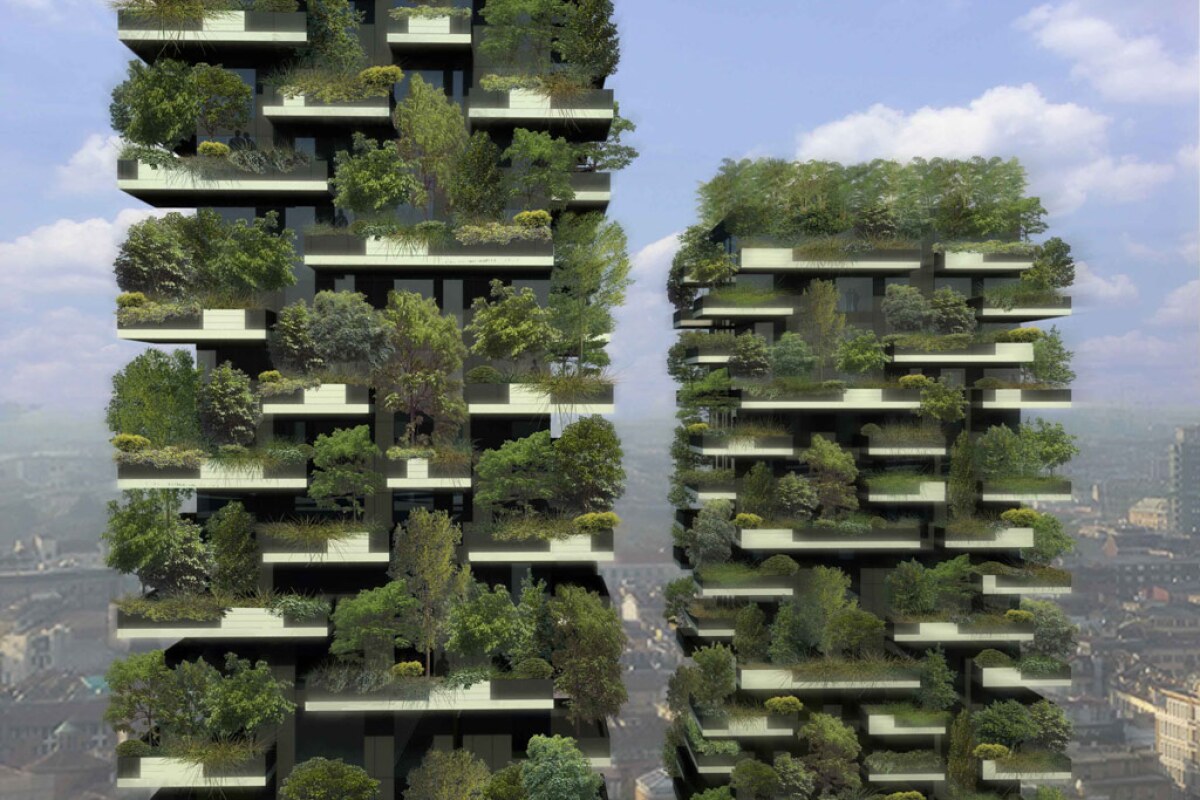Italian architecture firm Boeri Studio hopes to merge vegetation and urban architecture, with its Bosco Verticale (Vertical Forest) project. The Italian firm has designed a model that could see the "reforestation and naturalization" of metropolitan cities, by growing forests sky-ways. "Bosco Verticale [is a] device for the environmental survival of contemporary European cities," says Stefano Boeri, who worked with Gianandrea Barreca and Giovanni La Varra on the project.
Milan will host the first example of Bosco Verticale, with two residential towers already planned for construction. The towers, measuring 110 and 76 meters (361 and 250 feet), will become home to over 900 trees and that's excluding a wide range of shrubs and floral plants. The basic idea is that if you were to take the building out of the picture, the amount of trees needed to plant a forest on the land surface should be equal to those growing vertically on the tower. In essence, you will be creating a 10,000 square meter (11,960 sq. yds.) forest, growing upwards.
The project also aids in filtering air pollution contained in the urban environment. This is achieved as the the plants help produce humidity, absorb CO2 and dust particles, and produce oxygen. This will improve the quality of living for the residents, and it also creates a canopy that protects the building from radiation and noise pollution.
An irrigation and filtering system will be installed, that recycles gray water for maintenance of the plants. Photovoltaic solar cells will help contribute to the building's energy self-sufficiency.
Bosco Verticale will cost EUR65 million (US$87.5 million) and is stage one of the proposed BioMilano, which is hoped to create a green belt around the city.
Source: Boeri Studio











